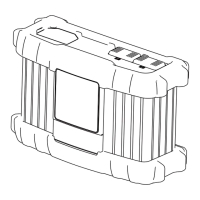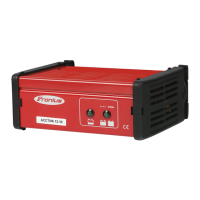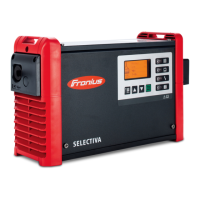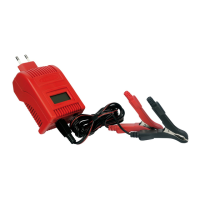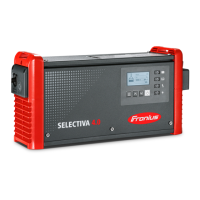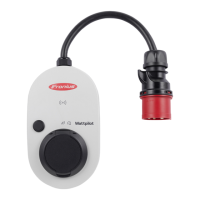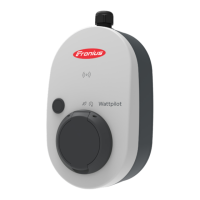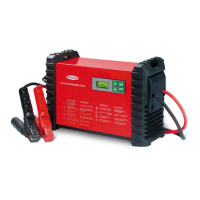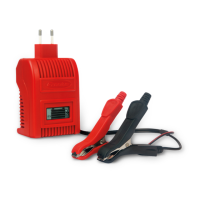1
INPUT - grid supply 3x 230 V
Spring balancer 1.5 - 2.5 mm
2
NOTE! Phase and neutral con-
ductors must not be mixed up.
Residual current-operated circuit
breaker is triggered.
2
OUTPUT - L2 heating element
3
4
5
OUTPUT - L3 heating element
Multifunctional relay output
OUTPUT up to 3 kW variable, max.
13 A resistive load
Spring balancer 1.5 - 2.5 mm
2
7
6
Hot water boiler
Contactor switching
8
PT1000 temperature sensor
9
10
External source (e.g. gas-red
heating)
Heating element 1 (max. 9 kW)
11
13
12
14
Buffer
Residual-current circuit breaker
Heating element 2 (max. 9 kW)
Circuit breaker max. B16A
15
Ferrite (included in delivery)
Functional
Description
Many heating systems consist of a boiler and a buffer, with the central heating supplying
the buffer and a control system charging the hot water boiler via a pump. As with thermal
photovoltaic systems, the Ohmpilot is also capable of heating the hot water boiler rst
and then the buffer, so that the maximum amount of photovoltaic surplus energy can be
stored.
The Fronius Smart Meter records the current power at the feed-in point and transfers the
data to the Datamanager. By controlling the Ohmpilot, the Datamanager adjusts any sur-
plus energy that is available to zero. In detail, this takes place by continuously adjusting
the heating element connected to the Ohmpilot.
For this application, two heating elements are installed, with preference being given to
activation of the rst heating element (10). Only once the maximum temperature in the
boiler (7) has been reached is the second heating element (12) activated in a contin-
uously variable manner, so that the remaining energy can, for example, be stored in a
buffer.
If no temperature sensor is connected to the Ohmpilot, after 30 minutes the Ohmpilot
attempts to output energy via the rst heating element once again. If a temperature
sensor is present, the device switches back to the rst heating element as soon as a
temperature difference of 8 °C is reached (compared to the temperature measured prior
to switch-over).
This switching can also be used for layering in a boiler/buffer, so that the maximum tem-
perature is reached in the top part of the boiler using minimal energy and the remaining
energy is stored in the lower part of the boiler. By using layering in a storage tank, it is
also possible to store signicantly more energy, as a minimum temperature is normally
maintained in the top part of the boiler. This means that the temperature difference and
therefore the amount of energy is rather small. In the lower part of the boiler, a high tem-
perature difference of, for example, 50 °C can be used.
The switching must be realised by an external contactor. If no temperature sensor is

